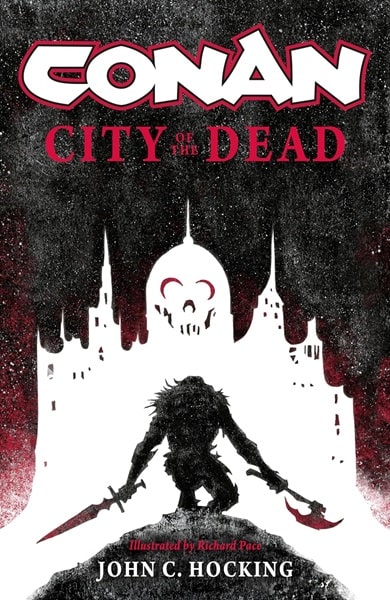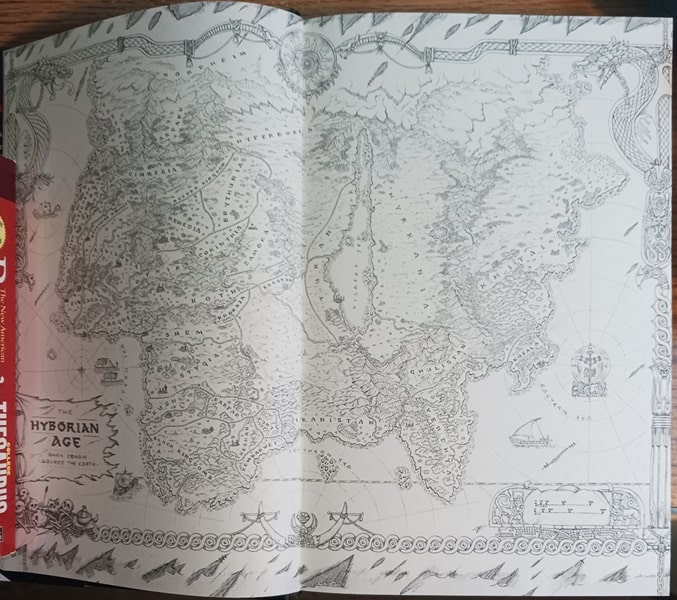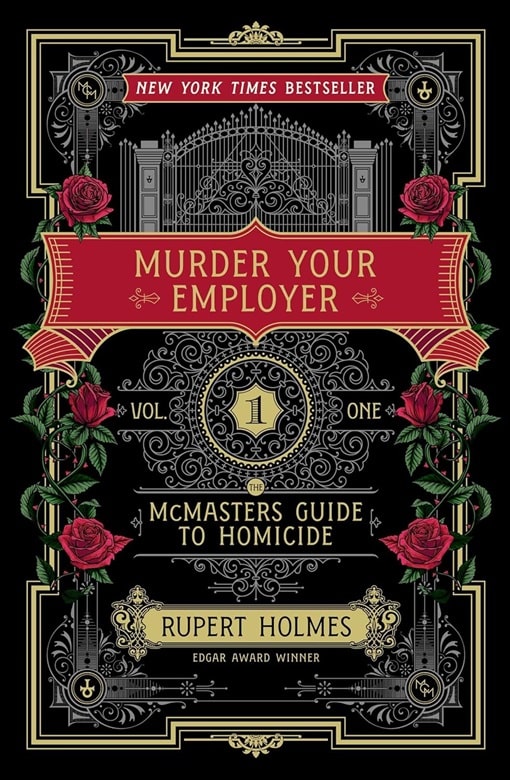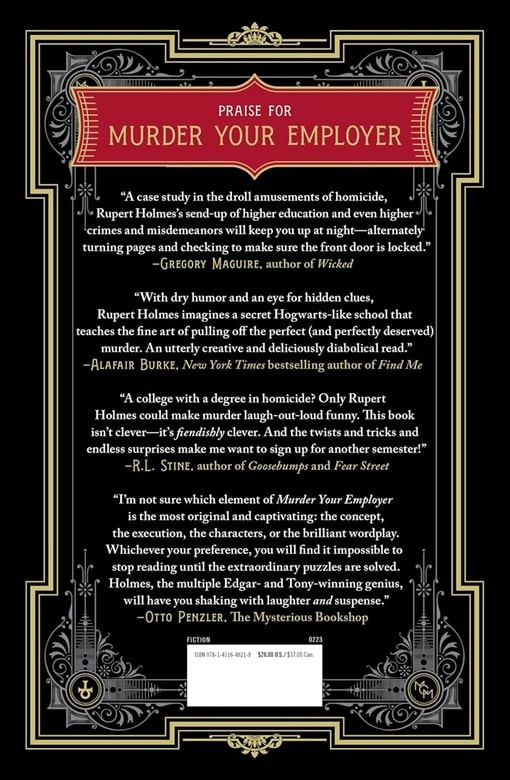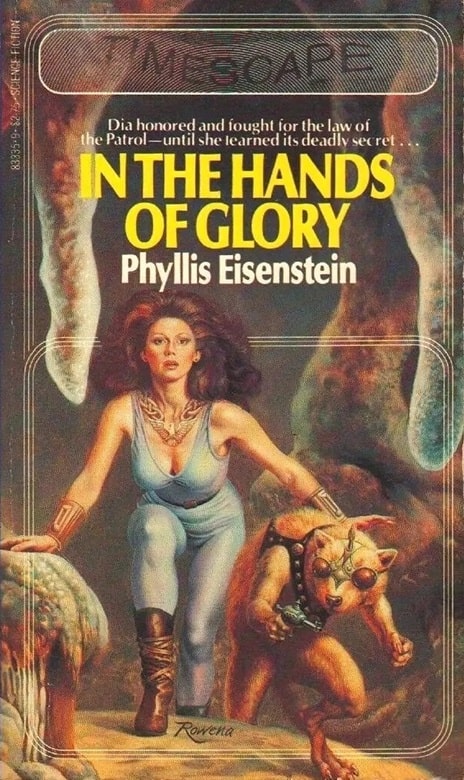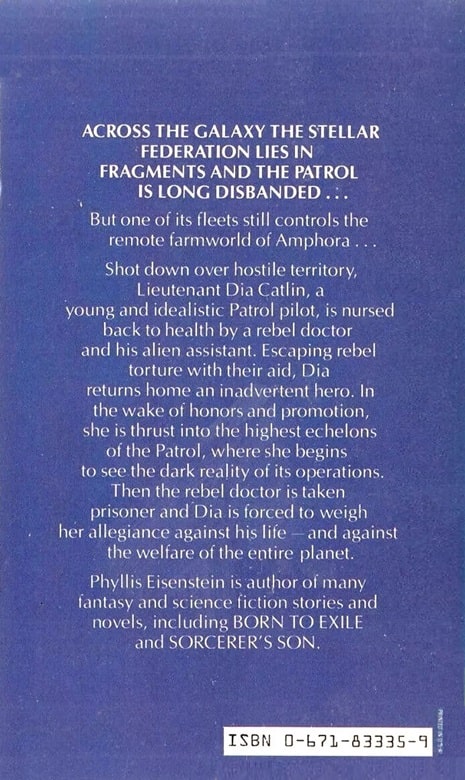Not Fade Away: The Cemetery of Untold Stories by Julia Alvarez
 |
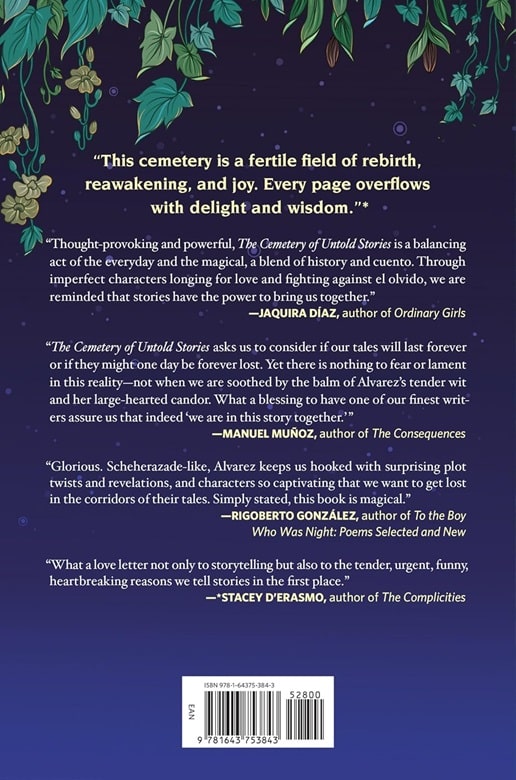 |
The Cemetery of Untold Stories (Algonquin Books, April 2, 2024). Cover artist unknown
We live our life telling a story
Of what we’ve said and done
But lately you caused me to worry
That you’re spinning fiction
— Amanda Fish, “The Hard Way,” Kingdom
What perhaps separates humans from our fellow creatures is the capacity, indeed the compulsion, of storytelling. Hardly an original observation on my part (cf., The Stortelling Animal by Jonathan Gottschall), though for all we know the white whale biting off the mad captain’s leg is vocalized in Cetacea pods.
Stories, and discussions of stories, are why you are all reading here. Of course it’s not limited to the literate classes, as the rich oral tradition of ancient cultures demonstrates, not to mention the popularity among screen-addicts of so-called “reality shows” of otherwise untalented people whose only achievement is being on a reality show. Though even that low level of celebrityhood is further diluted in an era where just about everyone has their own Instagram following.


